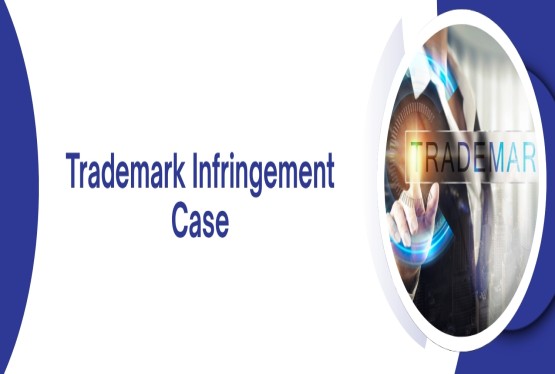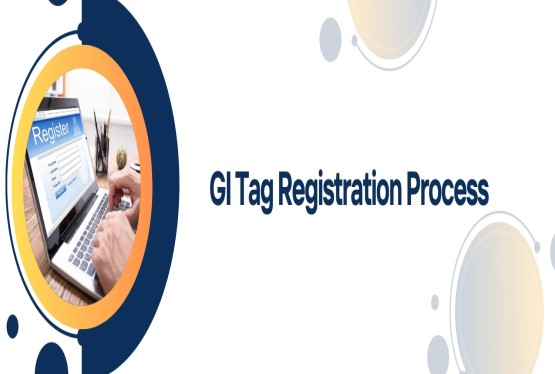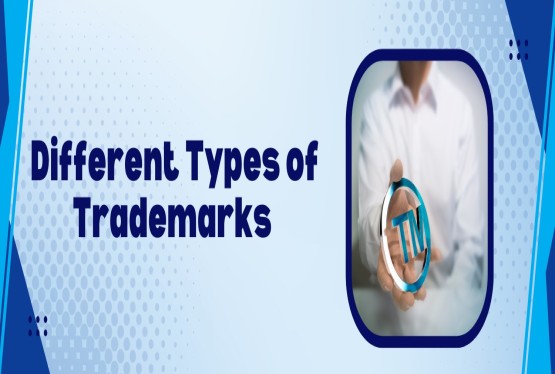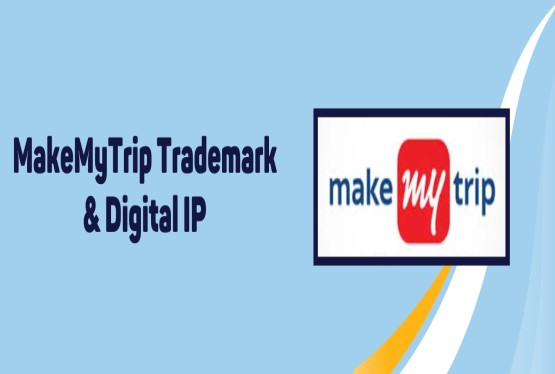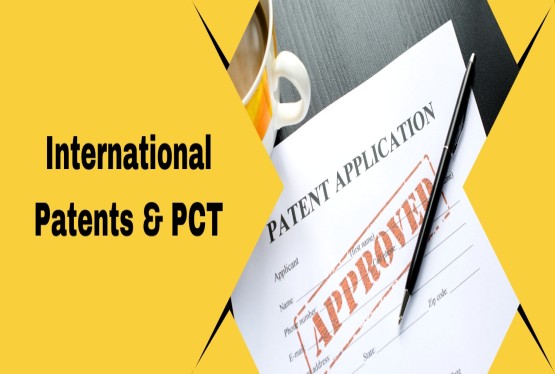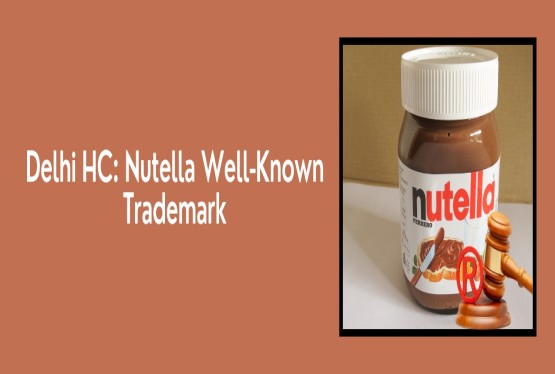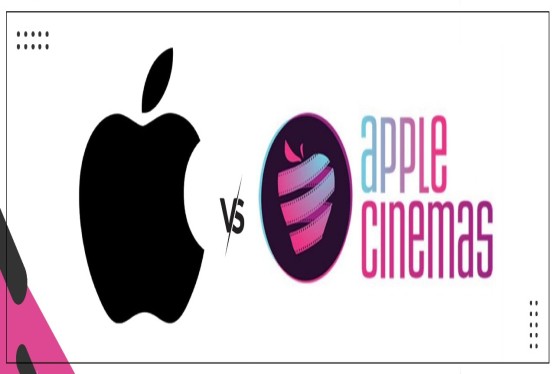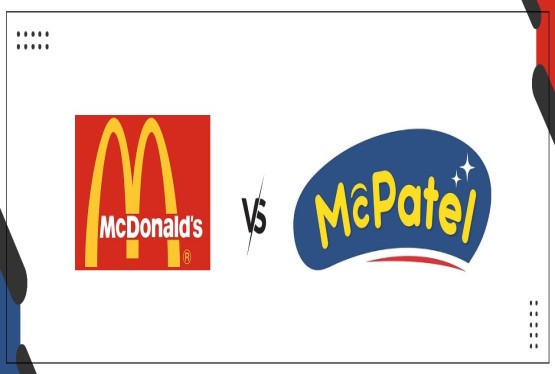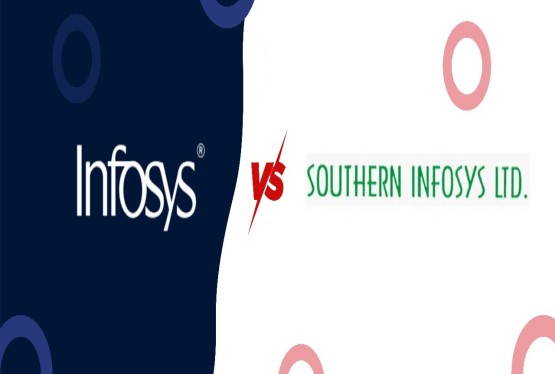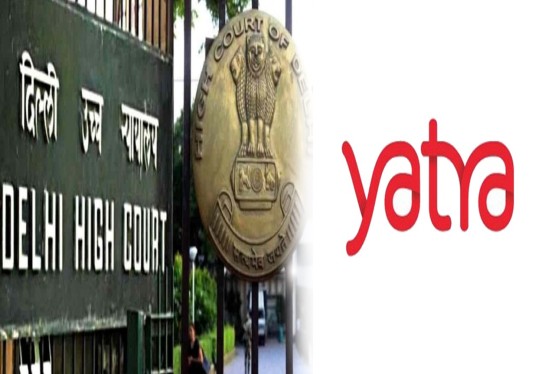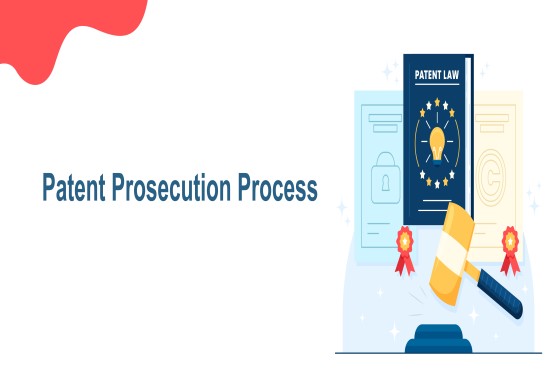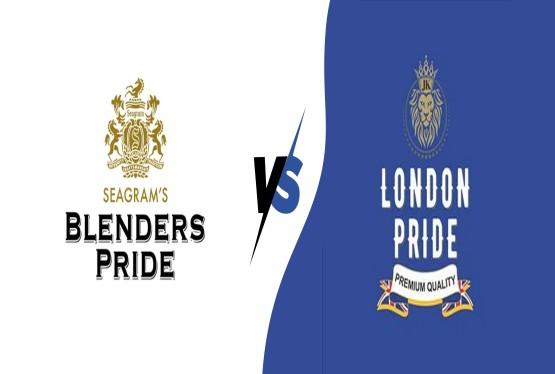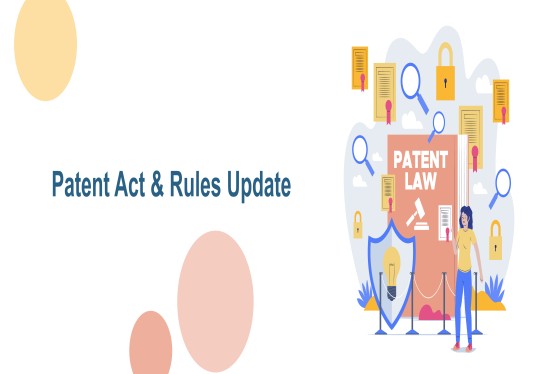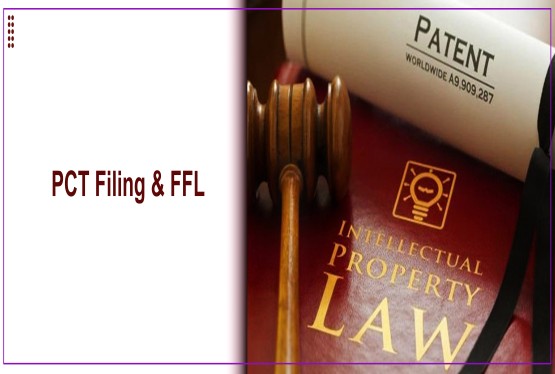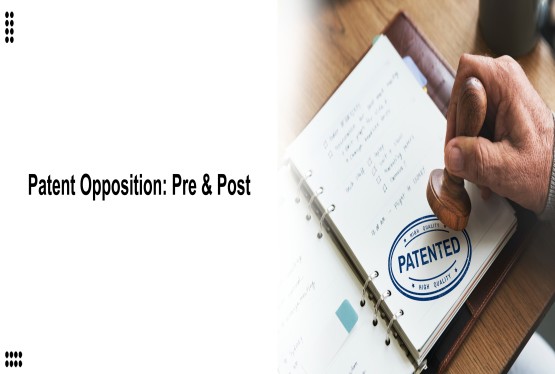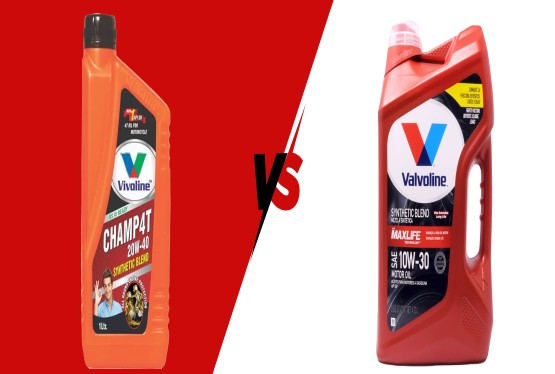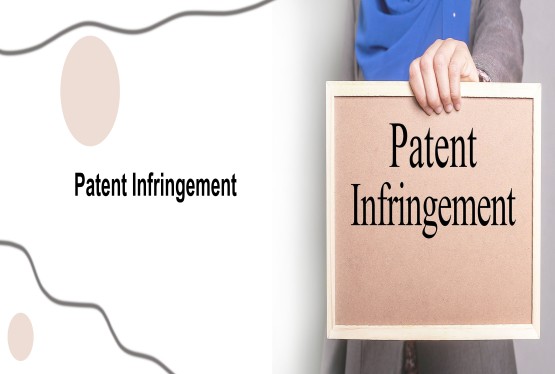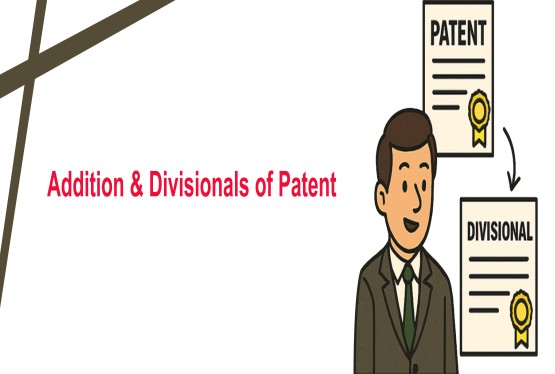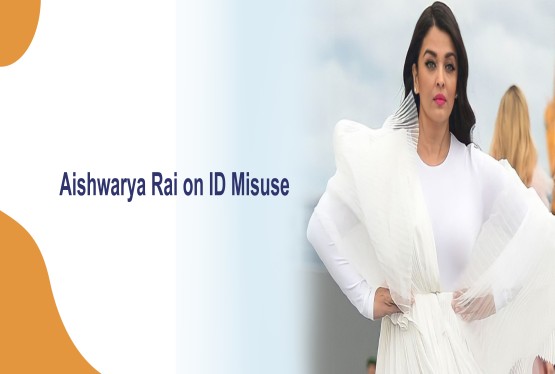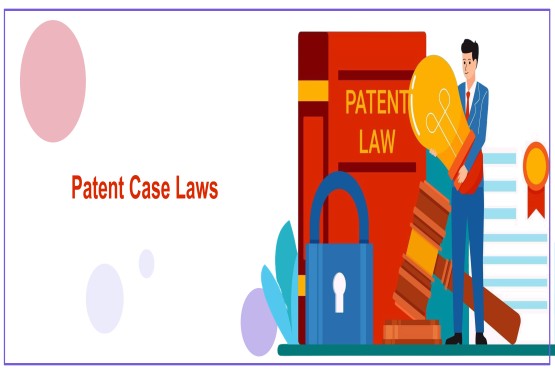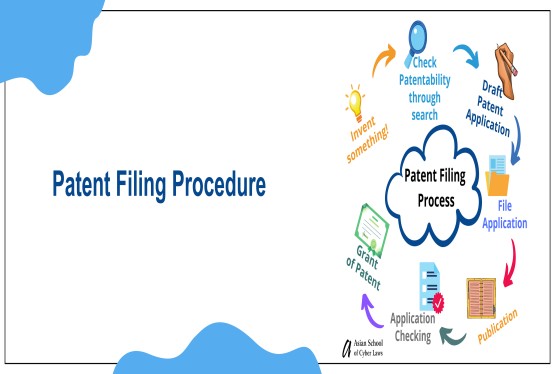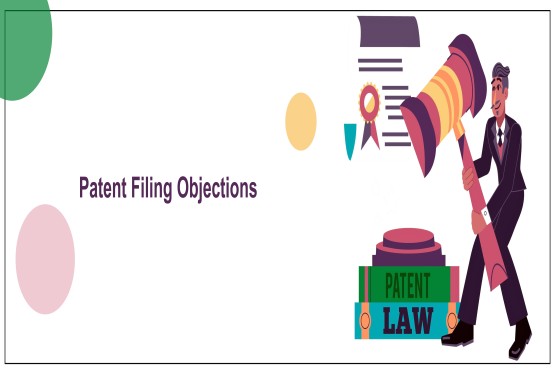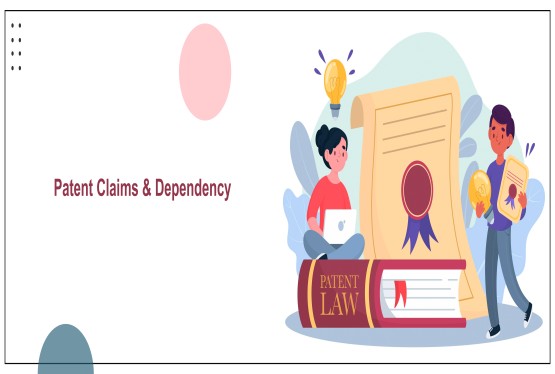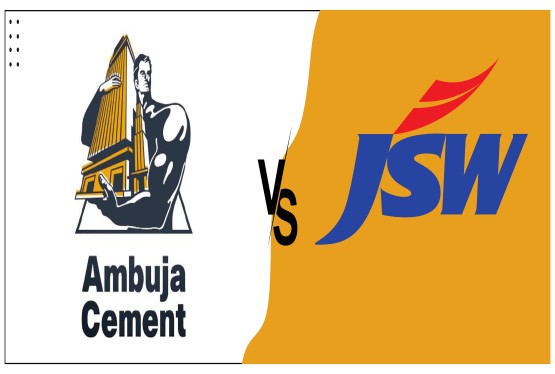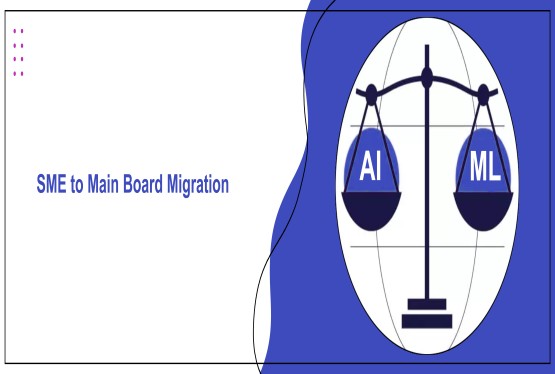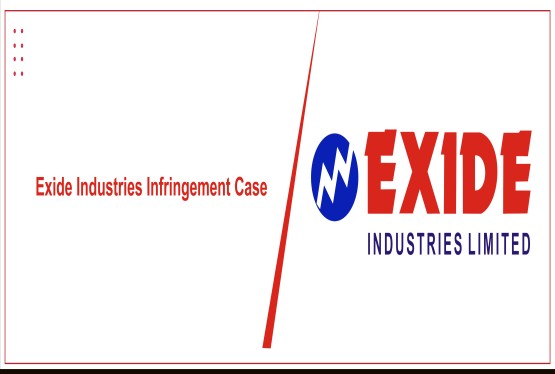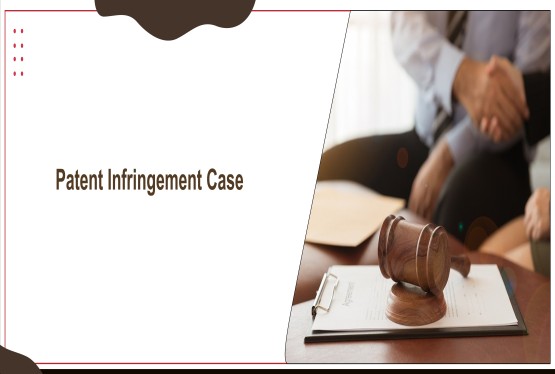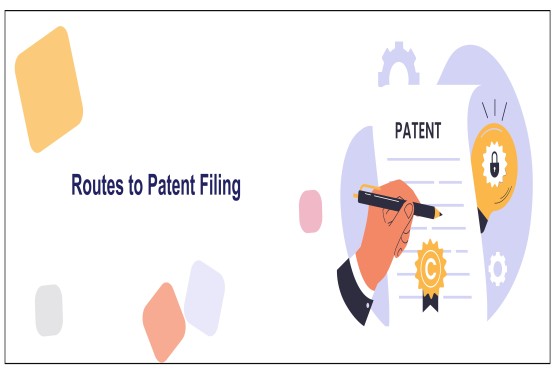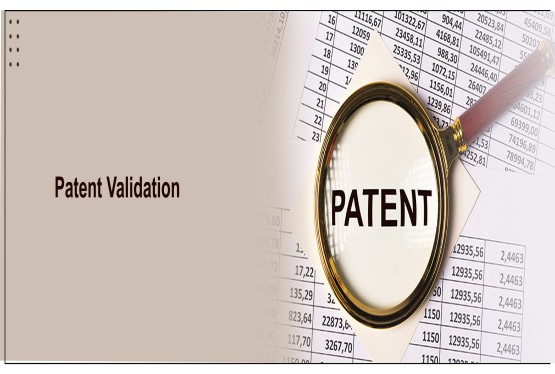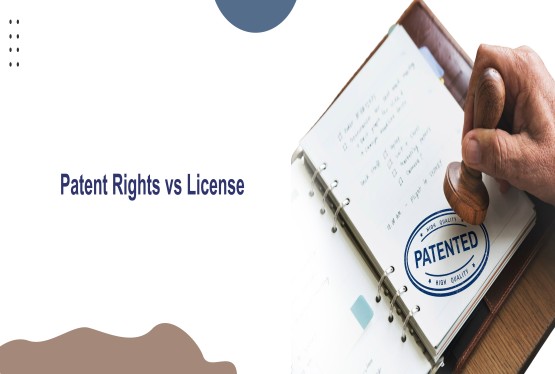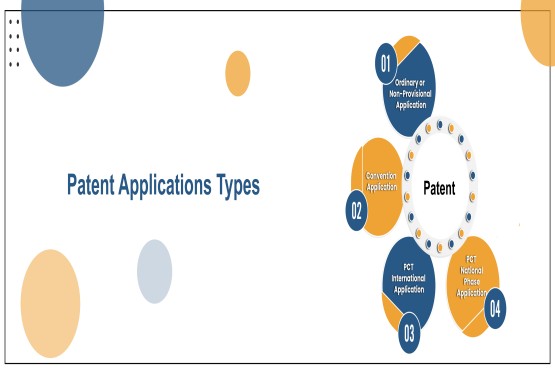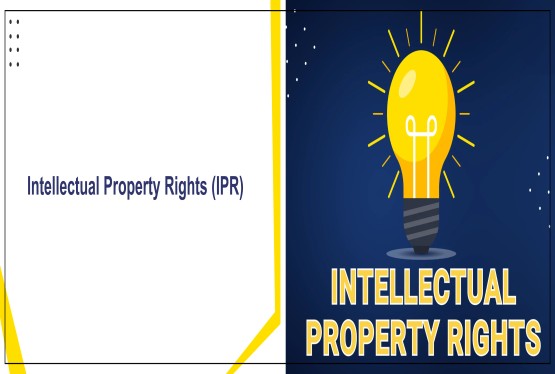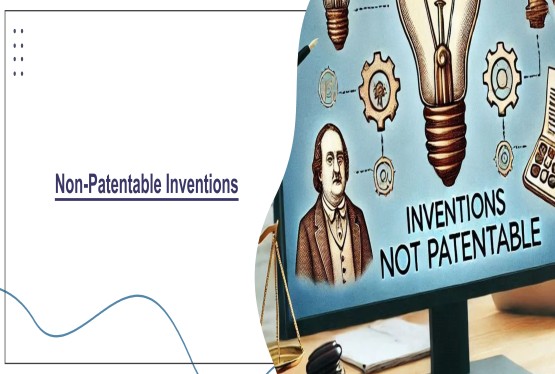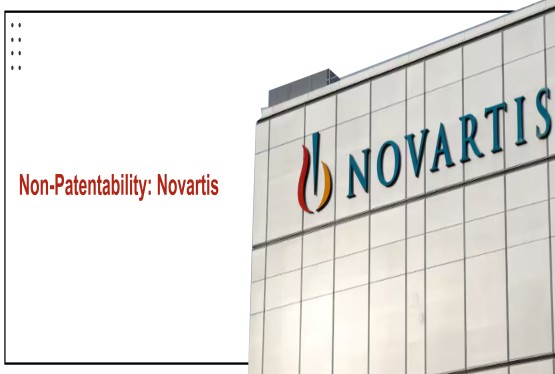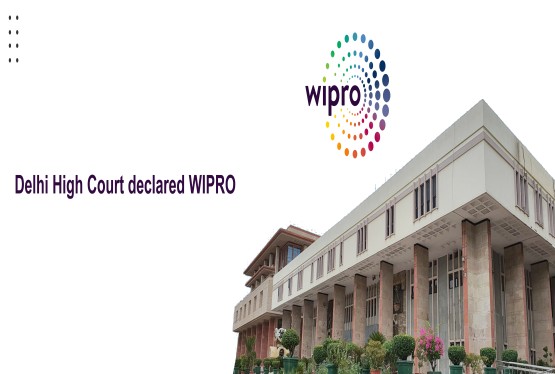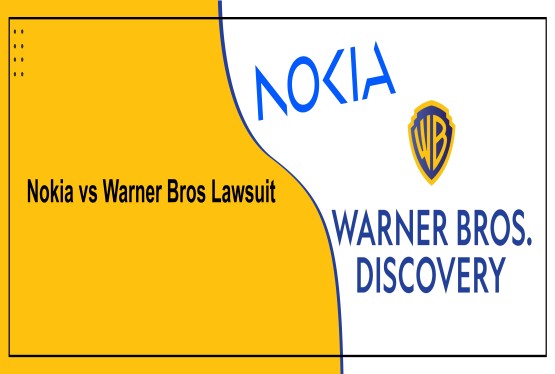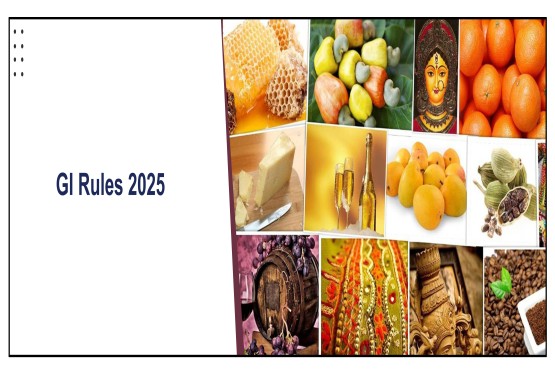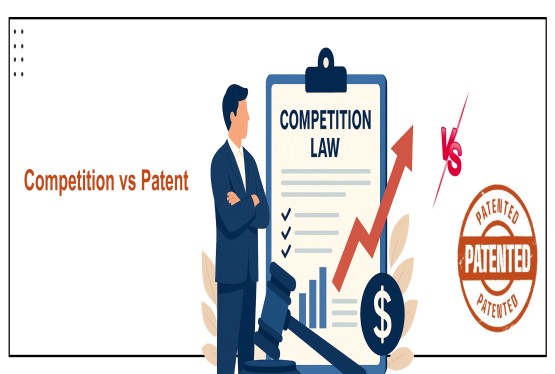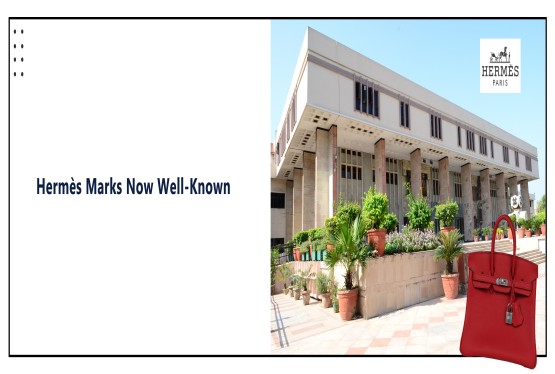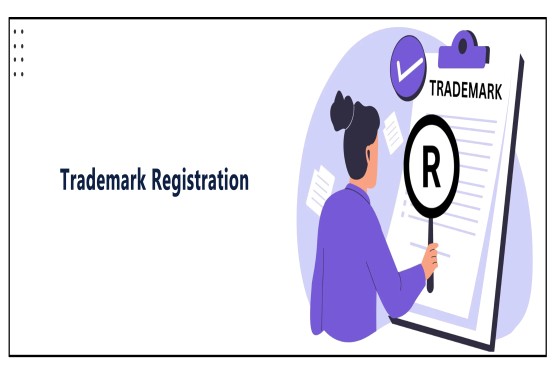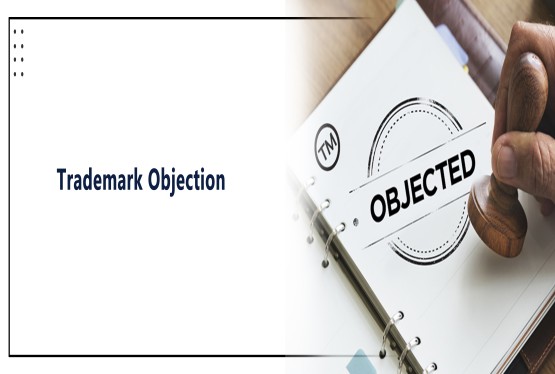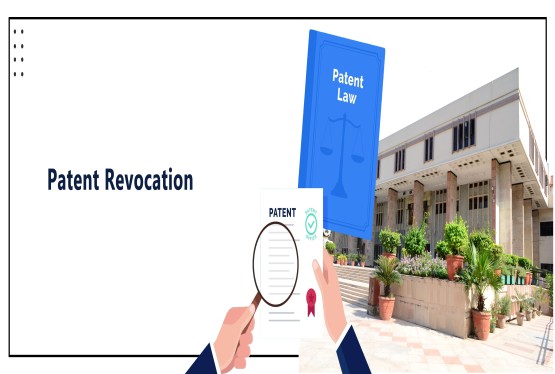The advertisement of a trademark application is a critical step in the Indian trademark registration process, acting as a bridge between the applicant's intent and the public's right to scrutinize. This process, governed by the Trade Marks Act, 1999, and the Trade Marks Rules, 2017, ensures transparency and allows third parties to raise objections, safeguarding existing rights and preventing potential trademark infringement. This encompasses aspects of trademark registration, and trademark infringement, ensuring the collective mark effectively protects the interests of its members.
Statutory Framework
The Trade Marks Act, 1999, and the Trade Marks Rules, 2017, lay down the statutory provisions for the advertisement of marks:
1. Section 20 of the Trade Marks Act, 1999: This section mandates that a trademark application, once accepted by the Registrar of Trade Marks, must be advertised in the Trade Marks Journal. The advertisement is intended to inform the public of the proposed registration, providing transparency and facilitating opposition by any interested party.
2. Rule 38 of the Trade Marks Rules, 2017: Rule 38 elaborates on the procedure for advertising a mark. The Registrar may require the mark to be advertised either before or after its acceptance. This provision empowers the Registrar to ensure that all marks undergo public scrutiny before registration.
3. Section 21 of the Trade Marks Act, 1999: This section provides an opportunity for third parties to oppose the registration of a trademark within four months from the date of advertisement or re-advertisement. This opposition process is a safeguard to prevent the registration of marks that conflict with existing rights or violate statutory provisions.
Key Features of Advertisement
1. Content of Advertisement: The advertisement must include all relevant details of the trademark application, such as:
-
The name and address of the applicant.
-
The representation of the mark.
-
The class of goods or services.
-
The date of the application.
-
Any disclaimers, conditions, or limitations imposed by the Registrar.
The objective is to provide comprehensive information to the public, enabling them to assess the potential impact of the mark's registration.
2. Medium of Advertisement: The Trade Marks Journal, published periodically by the Trade Marks Registry, serves as the official medium for advertising marks. The journal is accessible online, ensuring transparency and wider reach.
3. Re-Advertisement: If a trademark application undergoes substantial amendment after its initial advertisement, the Registrar may require the mark to be re-advertised. This ensures that the public is aware of the modified application and has an opportunity to oppose it if necessary.
Case Law and Judicial Interpretation
1. K.R. Sugar Mills Ltd. v. Registrar of Trade Marks (AIR 1967 SC 359): The Supreme Court of India emphasized the importance of advertising trademarks to ensure public participation in the registration process. The court held that the purpose of advertisement is to provide a fair opportunity for opposition and prevent the registration of marks that may conflict with existing rights.
2. Sun Pharmaceuticals Industries Ltd. v. Cipla Ltd. (2016 SCC OnLine Del 3879): In this case, the Delhi High Court reiterated that the advertisement of a trademark application is a mandatory requirement under Section 20 of the Trade Marks Act. The court clarified that any deviation from the prescribed procedure would render the registration process invalid.
3. Hindustan Unilever Limited v. Emami Limited (2010 (42) PTC 546 (Del)): The Delhi High Court highlighted that the content of the advertisement should be accurate and comprehensive to ensure that potential opposers are fully informed. The court stressed that misleading or incomplete advertisements could lead to disputes and undermine the transparency of the registration process.
Procedural Aspects
1. Acceptance of Application: Before advertising a trademark application, the Registrar examines the application to ensure it complies with statutory requirements. If the application is found acceptable, it is approved for advertisement.
2. Publication in Trade Marks Journal: The approved application is published in the Trade Marks Journal, which is made available to the public through the Trade Marks Registry's official website.
3. Opposition Period: Following advertisement, a four-month window is provided for third parties to file an opposition to the registration of the mark. The opposition must be filed in the prescribed format, along with supporting evidence and a statement of grounds.
4. Re-Advertisement: If the Registrar determines that substantial amendments have been made to the application, the mark may be re-advertised to provide a fresh opportunity for opposition.
Significance of Advertisement
1. Transparency: Advertising a trademark application ensures transparency in the registration process. It informs the public about the proposed registration and enables interested parties to assess the impact on their rights.
2. Opportunity for Opposition: The advertisement process provides a mechanism for third parties to oppose the registration of marks that may conflict with their rights, ensuring a fair and equitable registration process.
3. Safeguard Against Infringement: By allowing public scrutiny, advertisement helps identify potential conflicts and prevents the registration of marks that may lead to infringement disputes in the future.
Challenges and Considerations
1. Misleading Advertisements: Inaccurate or incomplete advertisements can mislead the public and result in disputes. It is crucial for the Registrar to ensure that advertisements contain all relevant details and are free from errors.
2. Accessibility of Trade Marks Journal: While the Trade Marks Journal is available online, ensuring its accessibility to all sections of society, including those without internet access, remains a challenge.
3. Opposition Management: The opposition process can become cumbersome if multiple oppositions are filed. Streamlining the process and ensuring timely resolution of disputes is essential for the efficiency of the trademark registration system.
Conclusion
The advertisement of marks is a cornerstone of the trademark registration process in India. Governed by Sections 20 and 21 of the Trade Marks Act, 1999, and Rule 38 of the Trade Marks Rules, 2017, this process ensures transparency, provides an opportunity for public scrutiny, and safeguards the rights of third parties. Judicial precedents have further clarified the scope and significance of trademark advertisement, emphasizing its role in maintaining a fair and equitable registration system.
By adhering to statutory provisions, ensuring accuracy in advertisements, and facilitating effective opposition mechanisms, the Trade Marks Registry can uphold the integrity of the registration process and protect the interests of both trademark applicants and the public. As trademark law continues to evolve, the advertisement process will remain a vital component of India's intellectual property framework, fostering trust and confidence in the system.
FAQs
Q1. What is the significance of advertising a trademark application?
Ans. Advertising a trademark application is crucial because it allows the public to scrutinize the proposed mark. This transparency provides an opportunity for third parties to object if they believe the registration would infringe their existing rights or violate trademark laws. It acts as a safeguard against improper trademark registration.
Q2. What legal framework governs the advertisement of trademarks in India?
Ans. The advertisement process is governed by the Trade Marks Act, 1999, and the Trade Marks Rules, 2017. These laws outline the procedures and requirements for advertising trademark applications.
Q3. How does advertising a trademark application protect existing trademark rights?
Ans. By making the application public, the advertisement allows owners of existing trademarks to be aware of potentially conflicting marks. This gives them the chance to formally oppose the registration, thus protecting their prior rights and preventing confusion in the marketplace.
Q4. What is the connection between trademark advertisement and trademark infringement?
Ans. The advertisement process helps prevent potential trademark infringement by allowing for early identification of similar or identical marks. By opposing a confusingly similar mark before it's registered, trademark owners can avoid costly and time-consuming infringement litigation later.
Q5. How does the advertisement process contribute to the overall trademark registration system?
Ans. The advertisement process is a cornerstone of a fair and efficient trademark registration system. It ensures transparency, allows for public participation, and helps to weed out potentially problematic marks before they become registered, ultimately strengthening the integrity of the trademark register.






























_(b)_of_the_Trademark_Act,_1999_(1)_crop10_thumb.jpg)



_crop10_thumb.jpg)




























_crop10_thumb.jpg)
_crop10_thumb.jpg)






_crop10_thumb.jpg)








_crop10_thumb.jpg)



_crop10_thumb.jpg)





























_crop10_thumb.jpg)

















_crop10_thumb.jpg)






_crop10_thumb.jpg)












































































































































_crop10_thumb.jpg)



































_crop10_thumb.jpg)












_crop10_thumb.jpg)













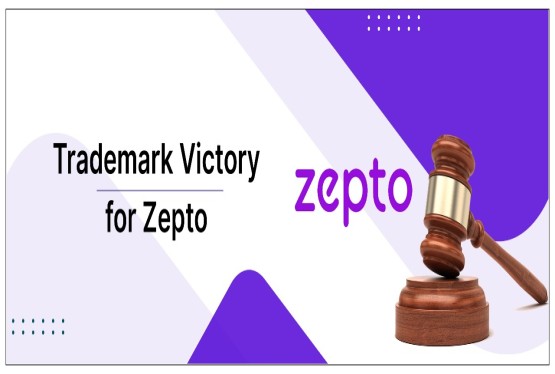




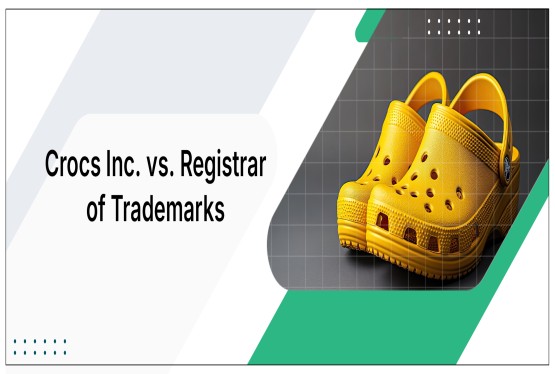















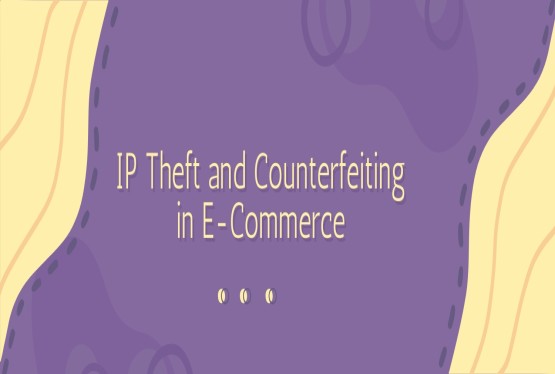












_crop10_thumb.jpg)






